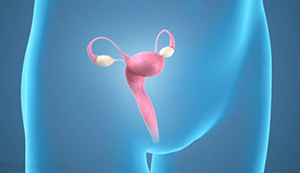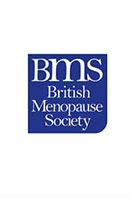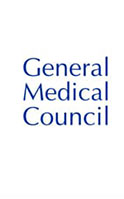Amenorrhea

Menstruation, also called a period, is the monthly discharge of the uterine lining as blood and mucous when the egg fails to fertilize with sperm. Amenorrhoea is the absence of bleeding. It occurs as a natural process during pregnancy, breastfeeding, and menopause. In other cases, it is considered a medical condition. A girl is said to have amenorrhoea if she has not started her menstrual cycle by the age of 15 years or has missed 3 consecutive periods.
Amenorrhoea can occur due to stress, contraceptive use or while taking blood pressure drugs, antidepressants, antipsychotics or chemotherapy. Hormonal imbalances due to conditions such as polycystic ovary syndrome, Pituitary tumour, and thyroid malfunction, and structural deformities such as uterine (womb) scarring or lack of reproductive organs, may also lead to amenorrhoea.
Apart from the absence of bleeding, amenorrhoea may also be associated with milky nipple discharge, headache, changes in vision, hair loss, excess facial hair, acne or pelvic pain. Unchecked amenorrhoea can lead to infertility and osteoporosis. When you present with these symptoms, your doctor examines you and orders many blood and imaging tests to determine the underlying cause. Based on the results, appropriate treatment is planned with hormone therapy or contraceptive pills, medication or surgery to correct an abnormality or tumour.







